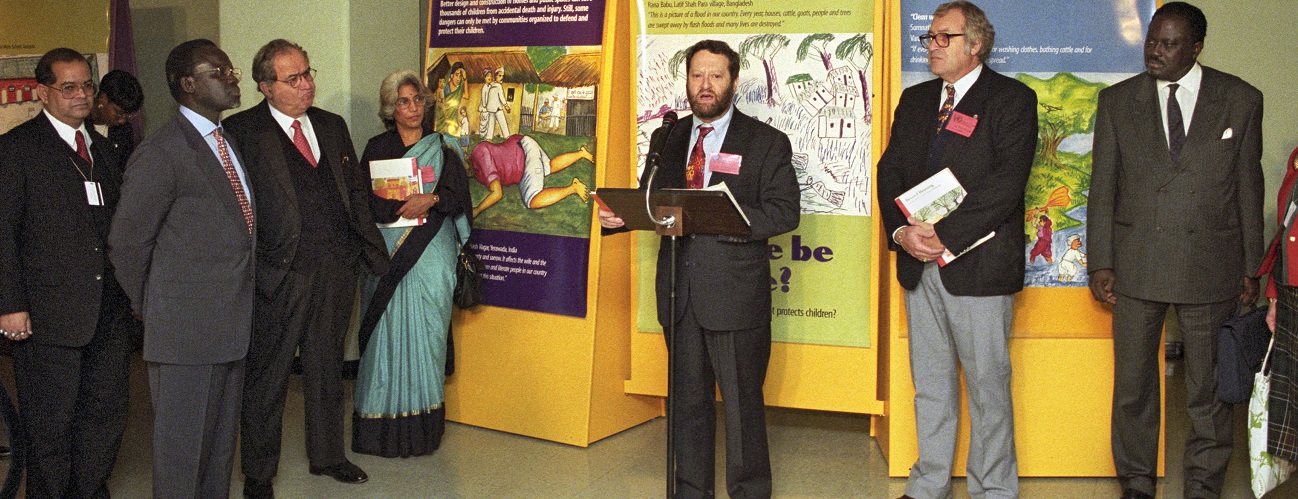
United Nations Conference on Human Settlements : Habitat II
Background
Urban exodus
Twenty years after Habitat I, the second United Nations Conference on Human Settlements (Habitat II) took place from 3-14 June 1996, in Istanbul, Turkey. Also nicknamed “City and Town Summit” by Secretary-General Boutros Boutros-Ghali, its objective was to address two major themes concerning all nations: “adequate housing for all” and “viable human settlements in a changing world. full urbanization ”.
Indeed, in 1996, it was already estimated that nearly half of the world's population lived in cities, that more than a billion people in the world lacked adequate housing and that more than 100 million were homeless. shelter. The then projections for 2025 were that more than two thirds of human beings would be city dwellers.
Habitat II also built on the results of the International Conference on Population and Development in Cairo in 1994, which made stabilizing world population growth a priority. Habitat II took the issue further by considering the root cause of urban growth, namely the increase in the number of inhabitants. This second conference adopted the Istanbul Declaration and Habitat Agenda, by which governments committed themselves to achieving the goals of adequate housing for all and sustainable human settlements.
